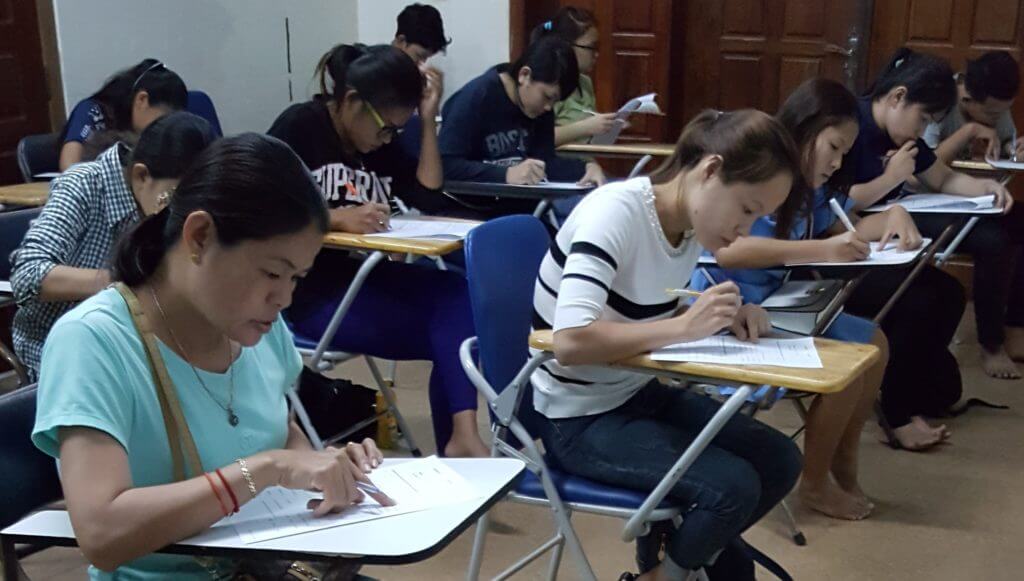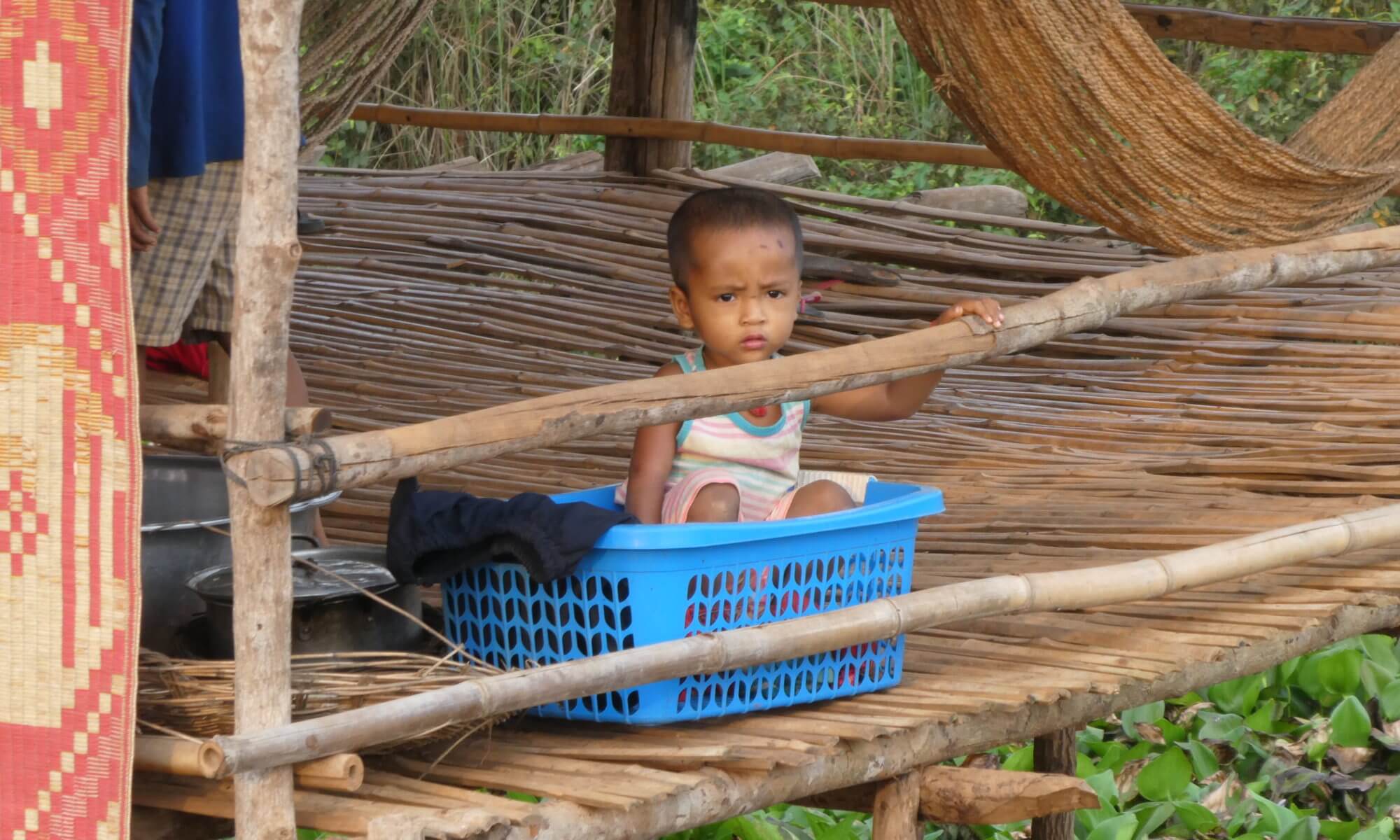This teaching assignment is rather different to my posting in Uttarakhand, India where the conditions for learning and teaching were far from ideal. The Learn4Life school in Siem Reap (SR), Cambodia is everything that you would expect from an educational establishment. It provides the students with an excellent environment for study and encourages them to come and learn – it is a good, positive experience. The school has a well-constructed building with 4 main classrooms, electricity, running water and cooled, filtered drinking water; every classroom has a flush toilet, ceiling fans and air-conditioning, whiteboards, facilities for listening activities and the students are provided with coursebooks at a minimal cost and pay a small contribution towards the fees.
I was curious as to why English teaching was in such demand in Cambodia, a former part of French Indochina and where I imagined that French would be the second language. I read an excellent publication “Perspectives on Teaching English at an NGO in Cambodia” by Nicole Takeda, published by Tesol Press in 2015 which put many things into context.
- The first reason for the use of English was that after the Paris Peace Accord was signed in 1991, the United Nations Transitional Authority (UNTAC) sent out 20,000 personnel between 1992-3 and around 60,000 Cambodians also worked for the United Nations during this two-year mission The mission was originally bilingual (French and English) but French slipped out of use and most staff were required to have some proficiency in English and so English became the second language of choice.
- The second reason was that Cambodia joined the Association of Southeast Asian Nations (ASEAN) in 1999, the official language of ASEAN is English.
- The third reason is that Cambodia receives aid to the tune of around US$700 million per year which is about one third of the annual budget. Aid agencies, like the Organization for Economic Cooperation and Development (OECD), use English and Cambodians employed by them need to have some proficiency in English.
Teaching in public schools falls far short of the ideal – teachers are underqualified and underpaid. Educational qualifications vary among teachers; according to figures published in 2015, 6% of teachers have a primary school education, 68% have a lower secondary schooling, 25% have a high school diploma and less than 1% have a higher degree. This lack of qualified teachers is often attributed to the activities of the Khmer Rouge between 1975 – 79 when 75% of teachers, 96% of university students and 67% of primary school students were killed.
Cambodia is one of the most corrupt countries in the world and it extends to the education sector. Teachers are poorly paid and cannot live on their salaries which range from US$200 per month for primary school teachers and US$300 per month for high school teachers. Teachers do not teach the full curriculum so that students have to opt for private tuition after school to complete the syllabus. Classes in public schools only run in the morning so teachers are able to run their private classes in the afternoon. Students who cannot afford to pay for the extra tuition face the possibility of failing the exams, being forced to repeat the year and the possibility of dropping out of the system altogether.
Teachers have a variety of ways to supplement their income from selling their lecture notes, receiving a small daily fee, selling notes for exams, allowing cheating and even selling copies of exams in advance. Students can buy a pass grade if they fail an exam and if they are held back, they can pay to skip the grades. A crackdown on cheating in the national grade 12 exams saw the pass rate plummet from 83% to 26% in the space a of a year as students used to bribe supervisors to give them the answer sheets.
Aid is vital in assisting with the development of Cambodia’s education system. In 2017 the World Bank granted US$40 million to the Secondary Education Improvement Project with two main aims; to improve the qualifications of teachers in grades seven to nine and to improve facilities in 100 schools and build 30 new ones.
The link between education and the ability to rise out of the poverty cycle, particularly in rural areas, has been discussed at length by many aid agencies. Education also helps to improve health, reduce the spread of communicable diseases, to increase the number of girls staying in secondary education with an associated reduction in under-age marriage and the numbers of young mothers. On this International Women’s Day 2018, I am very thankful of the education I received and to have the opportunity to work with some quite remarkable young women and men who will help to rebuild their country.

©Copyright overthehils.com 2018


One Reply to “Teaching English in Cambodia”